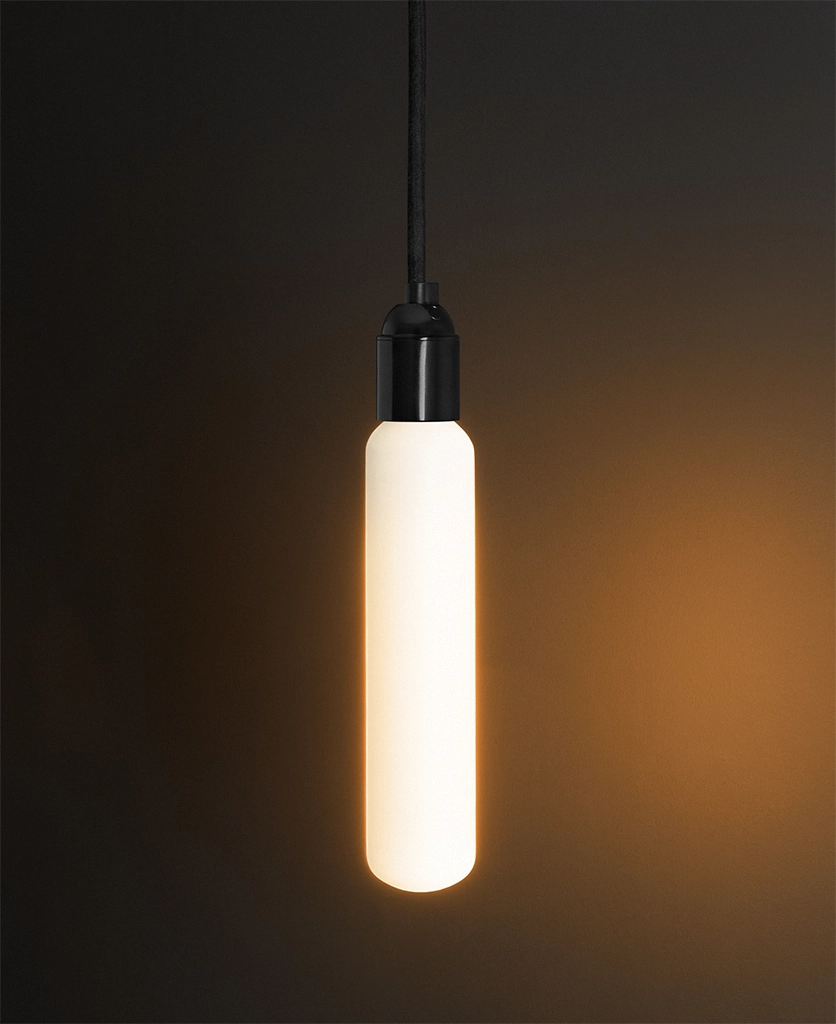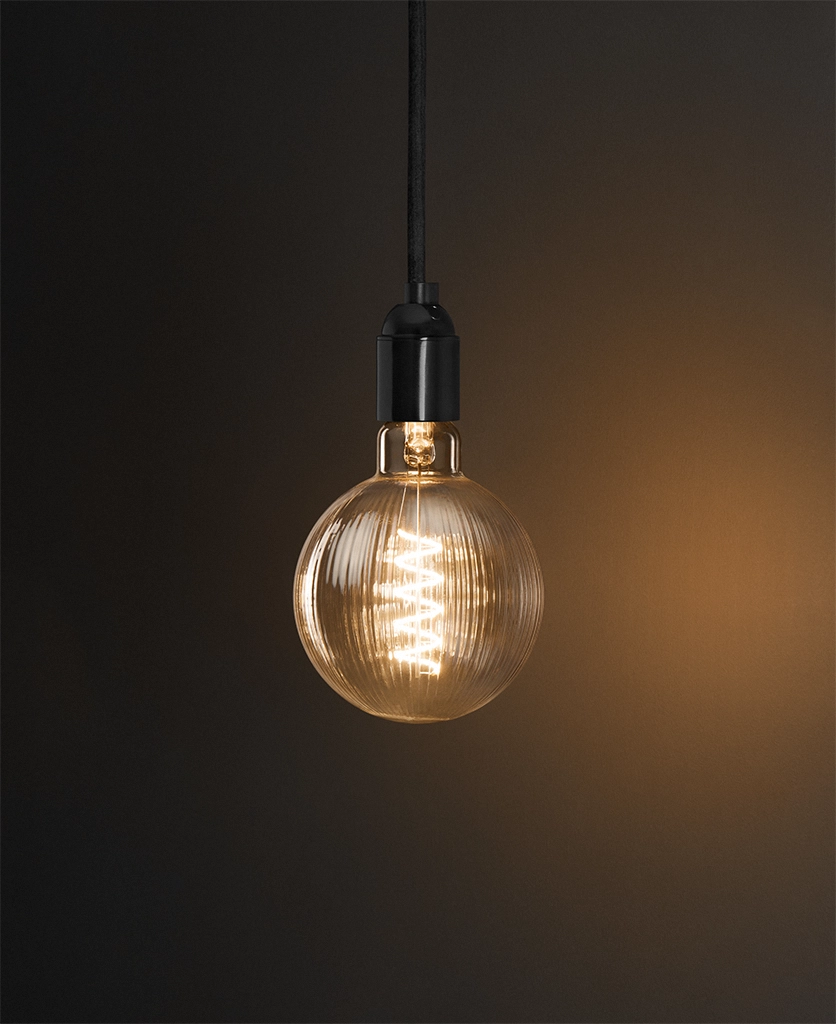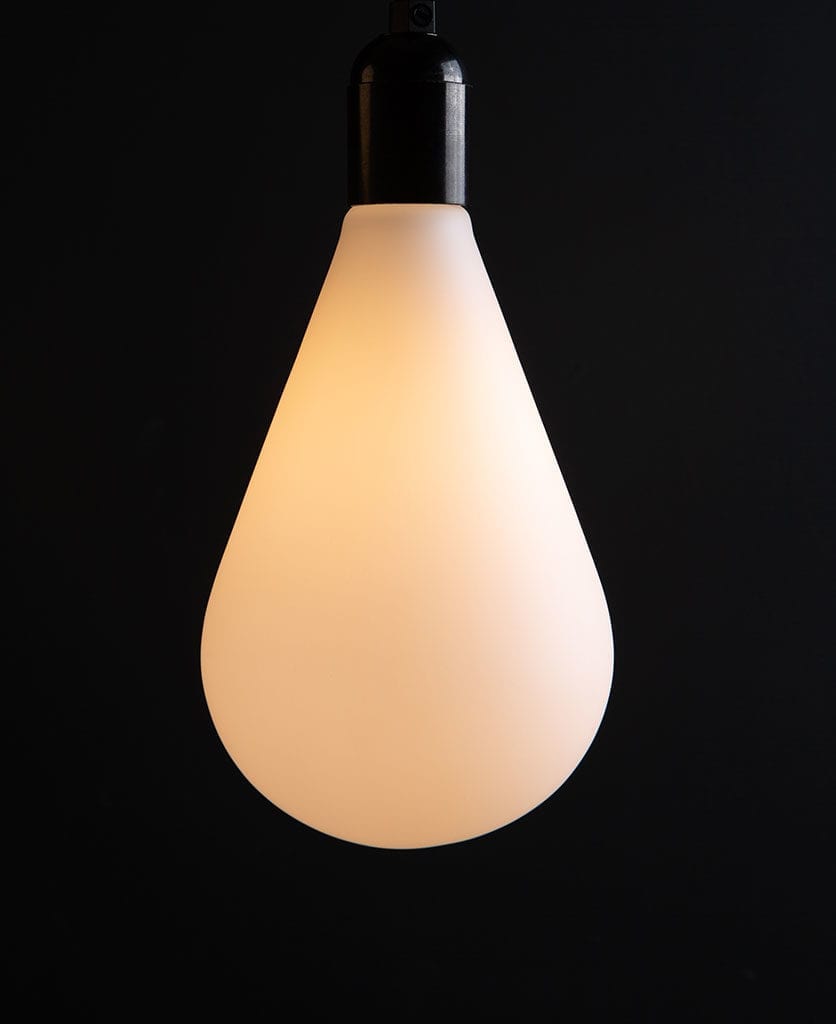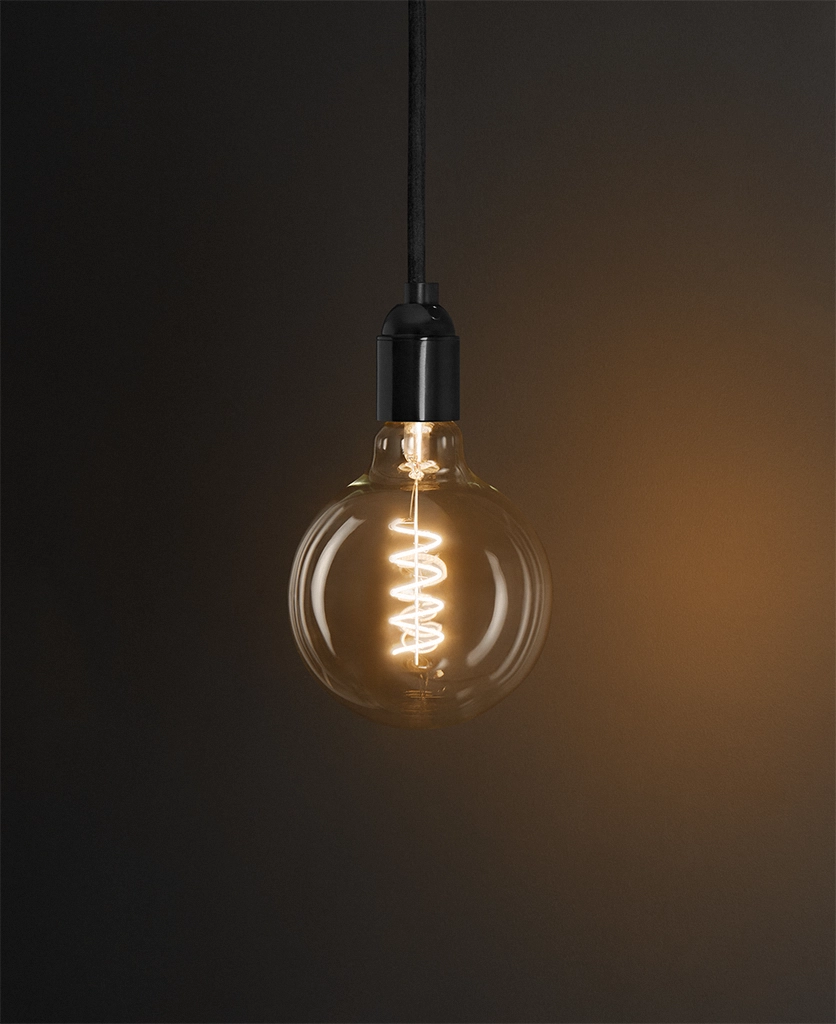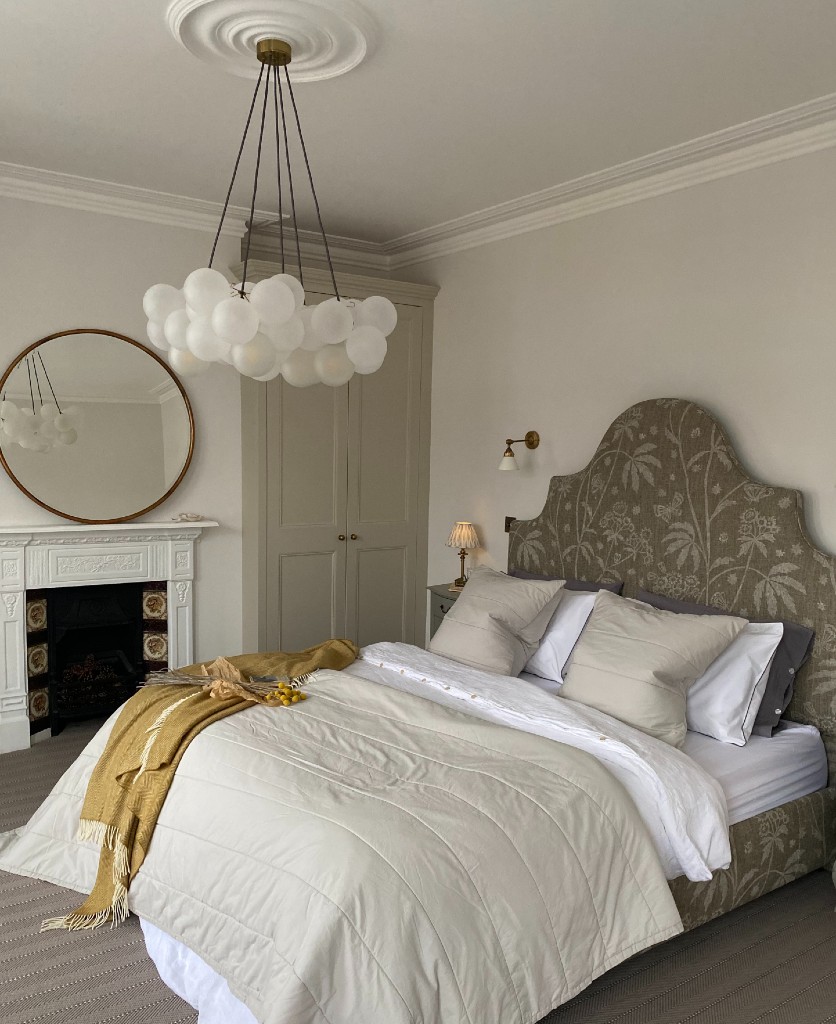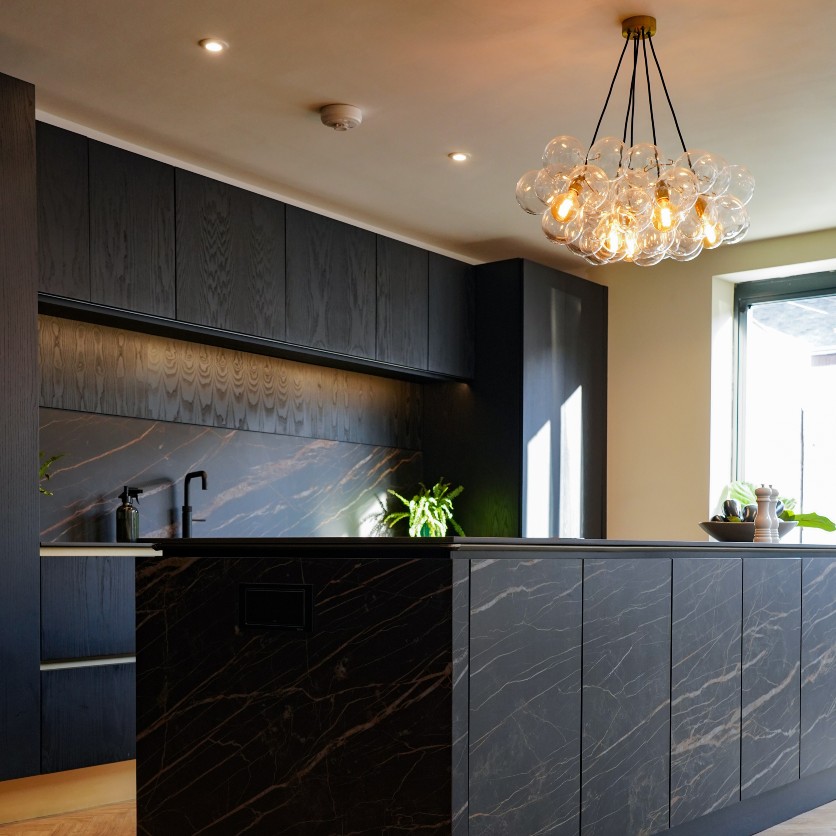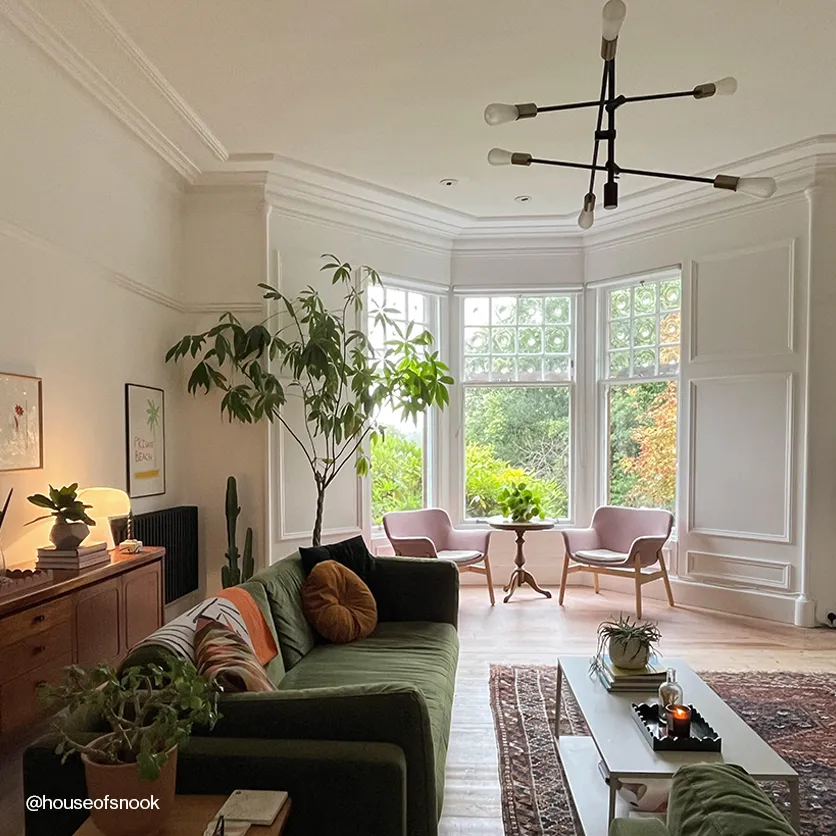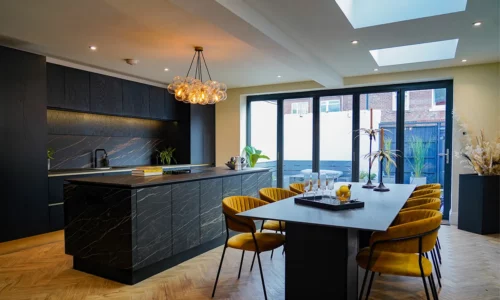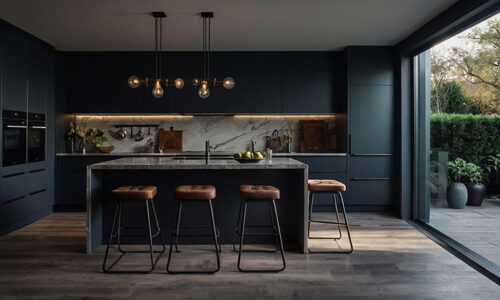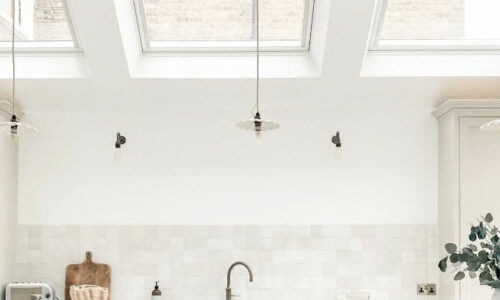Light Bulb Colour Temperature Guide
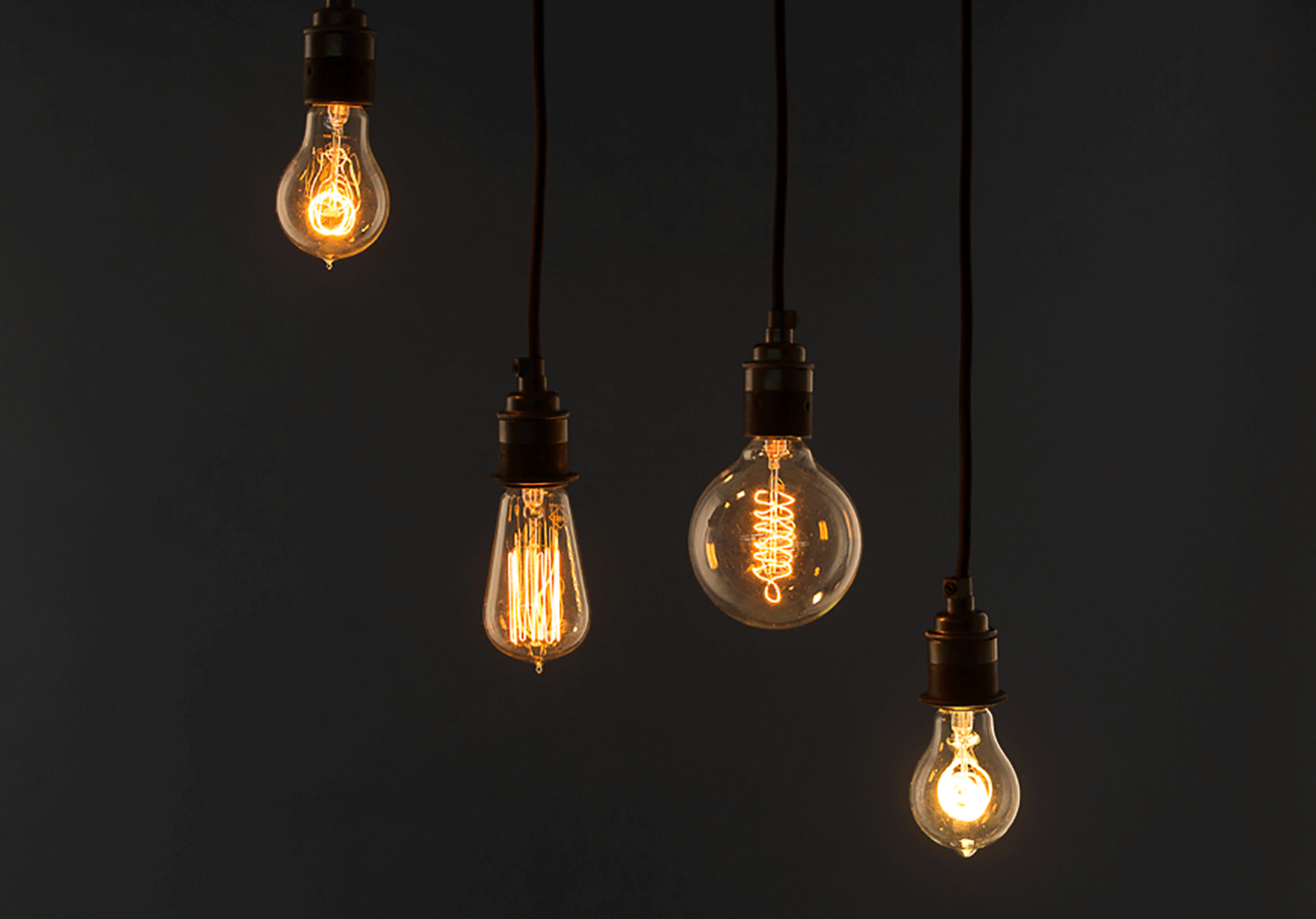
Standing by the living room window, you notice the sun beginning to set, and move to dim the lights and turn on your favourite cosy table lamps. The bulbs give off a soothing warm glow and, as you sink back into the sofa, you feel your body starting to relax deeply.
Considering light bulb colour temperature is one of the most important things you can do when designing your home lighting scheme. It plays a huge role in setting the right mood and contributes massively to the overall aesthetic of a room.
Discover how to find the perfect lighting for every room in your home with our light bulb colour temperature guide.
What is colour temperature and how is it measured?
Colour temperature refers to the colour of the light that a bulb produces and is measured in Kelvins (K). The colour temperature of the light bulbs in our homes plays a huge role in creating the right ambience, and different colour temperatures are best suited to different rooms.
When colour temperature is being described, you’ll often hear the light being referred to as either ‘warm’ or ‘cool’.
- Warm bulbs produce a yellowy-orange glow and measure around 2700 on the Kelvin scale. They are generally used to create a comfortable and relaxing ambience.
- Cool bulbs produce a more bluish-white glow and measure around 4000 on the Kelvin scale. They are generally used to illuminate tasks because the light they produce is clearer.
Take a look at the colour temperature chart below for further guidance.
Colour temperature (Kelvins)
2700-3000
4000
6500
Description
Warm white
Cool white
Daylight
Possible uses
In bedrooms and living rooms to create a cosy ambience.
In kitchens or offices where clear illumination is needed.
Not generally used in a domestic setting.
What colour temperature should you choose for each room in your home?
Different colour temperatures will be more suitable for different rooms in your home depending on the ambience you want to create.
Bedroom
For your bedroom lighting, warm bulbs are always the best choice. You want your bedroom to be a calming place where you can fully relax and unwind before bed, and the cosy glow of warm bulbs will help you do just that. Consider placing a pair of stylish wall lights with warm bulbs on either side of your bed for a symmetrical look.
Image courtesy of @summerhousestyle
Kitchen
For your kitchen lighting, always opt for cool bulbs. You’ll need cooler bulbs to help illuminate tasks such as cooking and cleaning because they provide a brighter type of light that helps you stay alert and doesn’t put strain on your eyes. If you’re in need of new kitchen island lighting, a row of pendant lights is perfect for keeping the area well-lit and provides a beautiful focal point.
Image courtesy of @callertonkitchens
Living room
Living room lighting schemes can be a little bit more complex. Your living room is a multifunctional space where you both relax and complete practical tasks, so a combination of warm and cool bulbs are required.
By combining different types of lighting, you can create a layered lighting scheme that provides the right ambience for every time of day.
How to create a layered lighting scheme
- Start with ambient ceiling lighting. This will provide the general, overall illumination in your living room, so it’s best to opt for cooler bulbs. Put your overhead lights on a dimmer switch so you can have plenty of light when carrying out tasks, then dim them when it’s time to unwind for the evening.
- Add wall lights for another layer of lighting. These can be used in collaboration with your ceiling lights for a greater level of illumination, or on their own to create atmosphere. It’s up to you whether you want to use warm or cool bulbs in your wall lights, but warmer bulbs are recommended if you plan on using them often when relaxing in the evenings.
- Finish off with cosy floor and table lamps. These are essential for creating a relaxing ambience in your living room, so using warm bulbs is a must. When it’s time to unwind, turn the overhead lights off and enjoy the soothing glow of your atmospheric lamps.
Show us your beautifully lit interiors
Now that you have our light bulb colour temperature guide to influence your lighting choices, we’d love to see how you’ve incorporated different decorative bulbs into your home. Tag us on Instagram @dowsingandreynolds – we can’t wait to see what you’ve come up with!
If you still need some guidance, take a look at these blogs:

